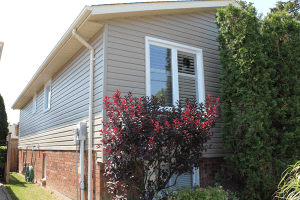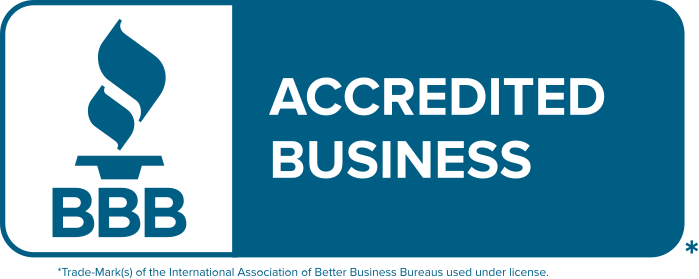Pros and Cons of Vinyl Siding
 If you’re considering modifying the exterior of your home, you’ll find yourself presented with a range of options including Celect® cellular composite, wood, and brick. Have you considered vinyl siding? Introduced in 1960, vinyl siding has become popular among North American homeowners for its durability, flexibility, and cost effectiveness.
If you’re considering modifying the exterior of your home, you’ll find yourself presented with a range of options including Celect® cellular composite, wood, and brick. Have you considered vinyl siding? Introduced in 1960, vinyl siding has become popular among North American homeowners for its durability, flexibility, and cost effectiveness.
We’ve created a list of the top pros and cons of vinyl siding to help you make your decision:
Pros of Vinyl Siding
- Long-Lasting Colour: Your home needs to withstand a range of weather conditions over the course of a year including pounding rain and harsh sun. Older siding sometimes gets a bad rap for fading easily, but more modern options have come a long way as technology has improved. Many are now coated in special, low-gloss finishes, which keeps the colour looking vibrant year after year.
- Visually Pleasing: Vinyl siding is versatile. It’s available in an array of colours and textures, including options made to resemble wood shingles. If you’re thinking about adding an extension onto your home, vinyl siding can be used to maintain aesthetic flow between the old and new sections. It can also enhance the curb appeal of your home, which will come in handy when it’s time to sell.
- Cost Effective: As you weigh your options against each other, cost is a factor you’re going to take into account. Choosing to re-do your home with vinyl siding is cost-effective and relatively easy. If you’re doing work on your home before selling it, it’s a good option for easily recouping your costs.
- Protection from the Elements: Modern vinyl siding is both dent and water resistant. When installed correctly, it forms a barrier that protects the wall underneath and prevents moisture from seeping in.
Cons of Vinyl Siding
- Appearance Can’t Be Changed: When choosing vinyl siding for your home, it’s important you select a style and colour you’re confident you’ll be happy with long-term. Wood can – and must – be repainted every three to five years. Vinyl siding can’t be painted or altered once installed.
- Water Resistant, Not Waterproof: This is both a pro and a con. Correctly installed vinyl siding acts as an effective shield against moisture, but water can sneak in if there are weak spots. When moisture becomes trapped between the siding and your exterior wall, it can lead to mold buildup. It’s important to inspect your siding regularly, and call an expert if you suspect problems.
Maintaining Your Vinyl Siding
To ensure your siding continues to look its best and protect your home, it’s important to keep it healthy.
Perform routine inspections to check for damaged spots, and inspect joints and re-caulk in areas where required. It’s also important to wash your siding down completely once a year to remove any built-up dirt and grime. Carrying out regular maintenance and addressing potential problems early will keep your siding vibrant and in good shape for years to come.
Quality Exteriors takes pride in delivering quality, reliable home siding products and superior customer service to customers in Southern Ontario. Contact us to schedule a free in-home consultation.
Visit our siding gallery to see our quality workmanship.
Serving homeowners in St. Catharines, Burlington, Hamilton, Niagara, and Oakville.
Like this? You might also like:
- Why Quality Siding Is a Good Investment in Your Home
- 10 Signs Your Home’s Siding Needs Replacing
- Do You Know How to Properly Maintain Your Siding? [Infographic]
- When to Request an Estimate for Exterior Work - February 26, 2020
- Merry Christmas from Quality Exteriors - December 18, 2019
- Quality Exteriors Listed In Top 3 Window Companies In St. Catharines - December 5, 2019






